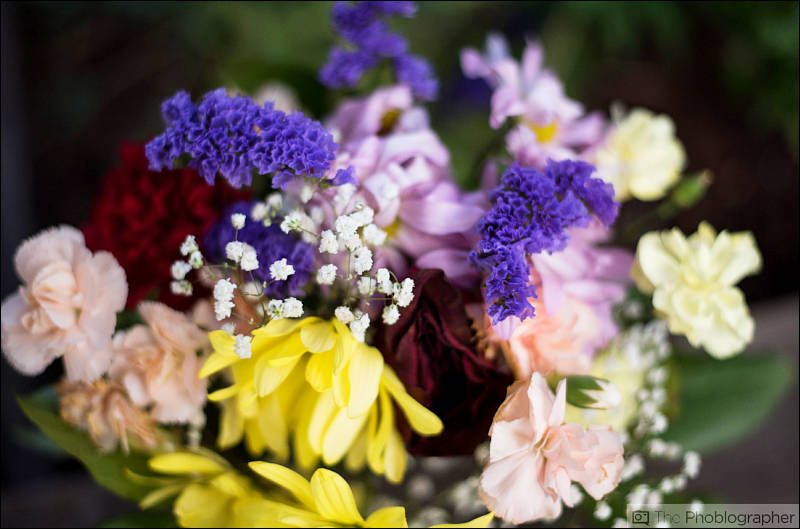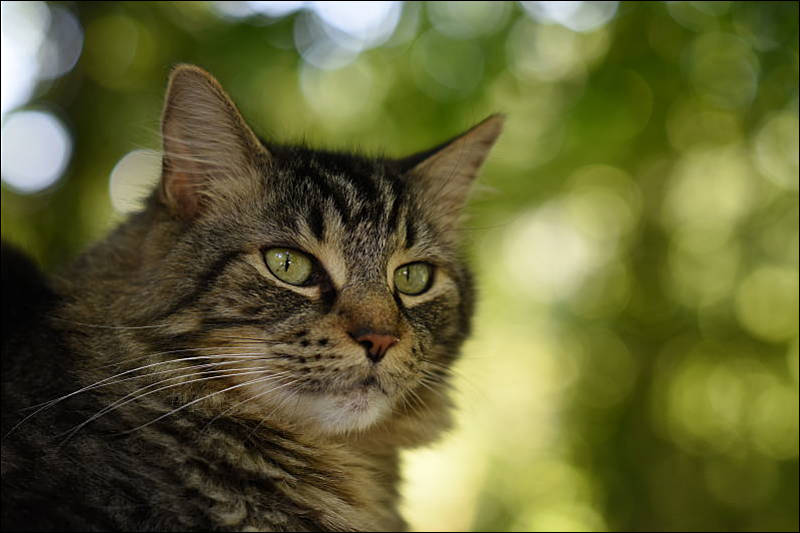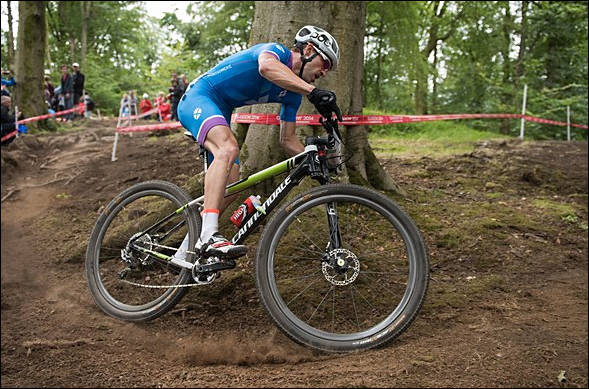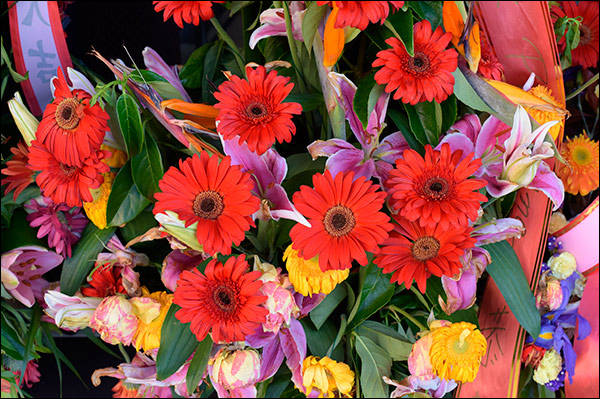
It allows to keep PV going, with more focus towards AI, but keeping be one of the few truly independent places.
-
No, this DR measurement is done in special way (read Dxo Mark) and originate from raw still images. As far as I understand only A7s has DR in video that is fairly close to raw stills.
-

 gh4_70.jpg800 x 542 - 102K
gh4_70.jpg800 x 542 - 102K -

 gh4_77.jpg800 x 529 - 64K
gh4_77.jpg800 x 529 - 64K -
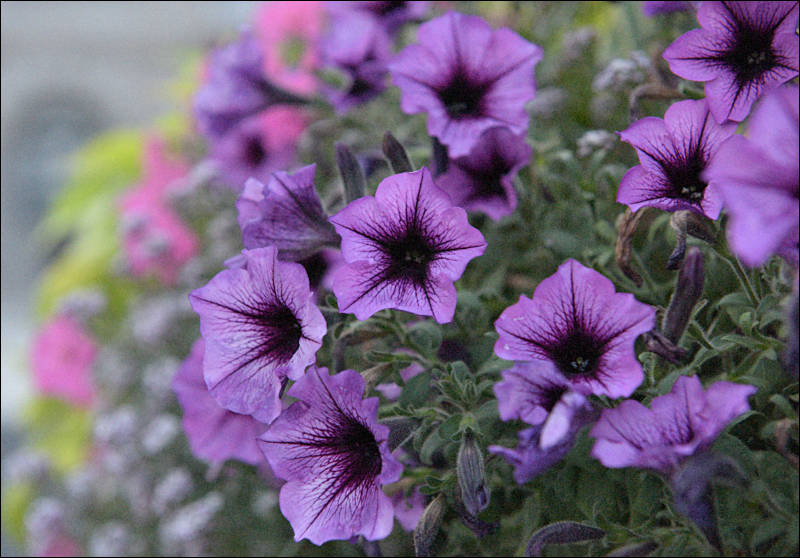
It looks just like a D800 or D800E except the sensor and processor have both been replaced with state-of-the-art components. The new 36 megapixels full-frame CMOS sensor offers a wider sensitivity-range, starting an ultra-low ISO 32.

 laing16.jpg800 x 558 - 84K
laing16.jpg800 x 558 - 84K -

The camera delivers impressive image quality with improvements in noise performance, as well as an extended ISO range. Video quality has been improved, and not only does the camera offer additional colour settings for photography (including a new clarity setting), the D810 also offers advanced video colour settings for those that want to get the highest quality and dynamic range from video. With a tried and tested body design inherited from the D800/E, the camera delivers high image quality at an improved shooting speed.
http://www.ephotozine.com/article/nikon-d810-digital-slr-expert-review-25758
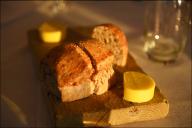
 laing17.jpg800 x 534 - 50K
laing17.jpg800 x 534 - 50K -
Canon 5D Mark III vs Nikon D810
-

 fish24.jpg589 x 389 - 68K
fish24.jpg589 x 389 - 68K -

As a result of the improvements made to the new model, the D810 is a much more versatile camera than its predecessors.
http://aboutphotography-tomgrill.blogspot.ru/2014/08/nikon-d810-hands-on-review.html

 n810.jpg600 x 400 - 57K
n810.jpg600 x 400 - 57K -
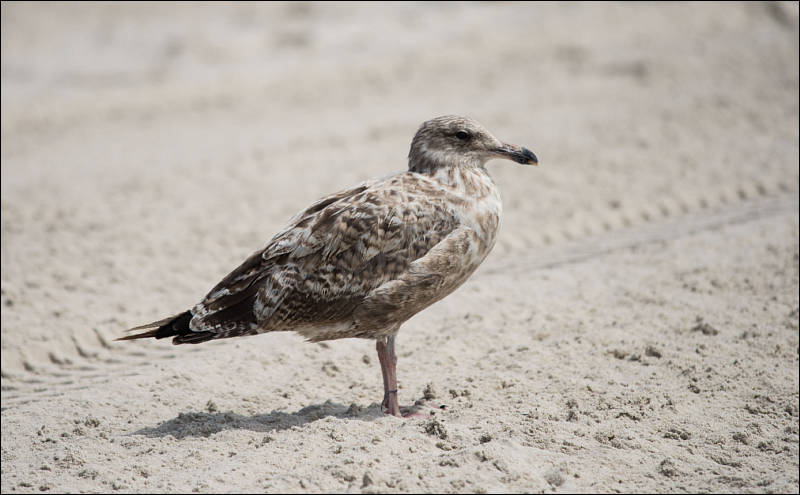
When it comes to image quality, the Nikon D810 is surely a beast.
http://www.thephoblographer.com/2014/08/17/review-nikon-d810/

 sony-a5104.jpg800 x 495 - 57K
sony-a5104.jpg800 x 495 - 57K -
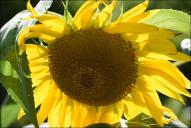
 pentax4.jpg800 x 535 - 89K
pentax4.jpg800 x 535 - 89K -
We have received a few reports from some users of the Nikon D810 digital SLR camera indicating that noise (bright spots) are sometimes noticeable in long exposures, and in some images captured at an Image area setting of 1.2× (30×20).
After looking into the matter, we have determined that some noise (bright spots) may on occasion be noticeable when shooting long exposures, and in images captured at an Image area setting of 1.2× (30×20).
Nikon service centers will service these cameras that have already been purchased as needed free of charge to the customer. We sincerely apologize for any inconvenience this issue may have caused.
Identifying affected products
To check whether or not your camera is one of those affected by this issue, please click the Affected Product Serial Numbers link below and enter your D810’s serial number as instructed. Your camera’s serial number will be checked against those of affected products. If your camera is one of those affected, you will be forwarded to additional instructions. If your camera is not one of those affected, you may continue using your camera without concern for this issue.
-
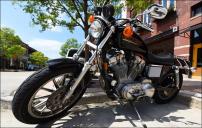
 sample2.jpg800 x 507 - 103K
sample2.jpg800 x 507 - 103K -
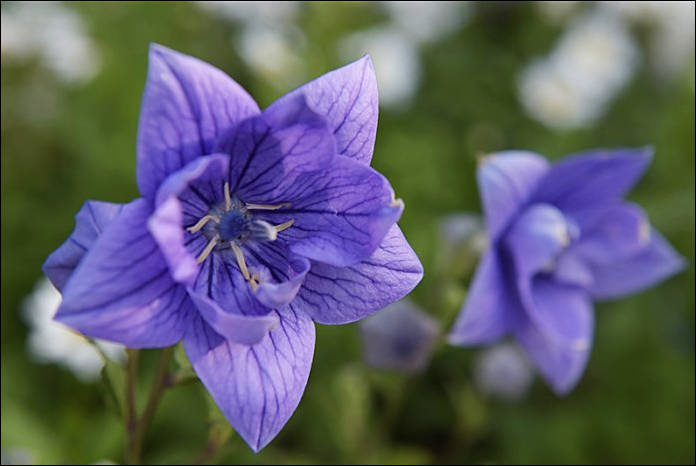
Video from the D810 remains among the best you’ll get from a DSLR, and all the options that made the D800 so popular in this area remain intact. Nikon added a stereo microphone to make nicer scratch tracks for your moving pictures or for those situations where you don’t feel the need to use an external audio recording device.

 5100_smpl2.jpg696 x 466 - 39K
5100_smpl2.jpg696 x 466 - 39K -

 g7x_test26.jpg800 x 507 - 45K
g7x_test26.jpg800 x 507 - 45K -

 sigma_27.jpg600 x 399 - 86K
sigma_27.jpg600 x 399 - 86K -
I have a D800e, the sensor and IQ of stills on the D810 are pretty much the same. The normal dynamic range and shadow recovery of still images is extraordinary. For studio photographers who do not need to shoot 11 frames per second or have extra aggressive weatherproofing designed to withstand being in a war zone or hurricane, there is no other full frame that will deliver better pictures. The 810 has the superior autofocus of the D4s. It also has a much quieter shutter than the D800 which was a big complaint. Nikon is playing catch up on the video front and the D4s, D750 and D810 are large leaps forward for still shooters who need pro quality video. The D800 was used for the TV series "Wilfred" along with being the B camera in later seasons of "Dexter." Obviously some pros like what Nikon is bringing to the table with this series of cameras.
It is silly to make a blanket statement that Nikon is making crap cameras that none wants. Not true. Their main focus has been towards pro still shooters. The D4s far outperforms Canon, Sony, Panasonic and Olympus for both low light capture and low light autofocus. It is a pity that they do not beef up their video features to that of Canon or Panny so we would have better video features in the King of Low light performance.
I was still shooting on a GH2 that I hacked for better video. I am the first person to insist that M43 cameras can take pro-quality stills and are not amateur toys. I am so blown away by the IQ of the D800 series that I now gladly lug around a much larger and heavier kit when still shooting to get the dynamic range, shadow recovery and detail of my Nikon.
The moire issue for stills is over exaggerated. Probably why Nikon felt confident enough to do away with the anti alias filter altogether in the D810. With such fine resolution I have not seen moire in stills. With the lower resolution of video I can see why that may be more of a problem. Also though I did not expect the same high ISO performance as the D4s, these high megapixel cameras do really well at higher ISOs. Noise might pop in sooner but by the nature of the 36 megapixel sensor the noise has a very fine grain and has a pleasing quality not dissimilar to the gran of fast analogue film. The fine grain noise in a raw photo is easily tamed in Lightroom.
Also Nikon glass rocks. Nothing beats my 14-24 f/2.8 Zoom, the 85 1.4 which has clinical sharpness with the creamiest bokeh and the 200mm f4 micro a legendary macro lens. The available glass had much to do with my personal decision to buy Nikon.
If you mostly need video functions and only do some still, the D810 might not be your best choice. If you need a small lightweight kit M43 is probably the way to go. For people who do studio still, gallery sized prints, landscape or other areas where this camera is an industry leader. Nikon knows who is buying their cameras and really focusing on their needs and priorities. Canon models in equivalent classes seem to be better generalists for a broader market which makes them a perfect product for other consumers.
-
Filmmaker kit
Contains a D750, 35mm/50mm/85mm f/1.8 prime lenses, two Lithium-ion batteries, a stereo microphone, an HDMI cable, and a Ninja 2 video recorder.
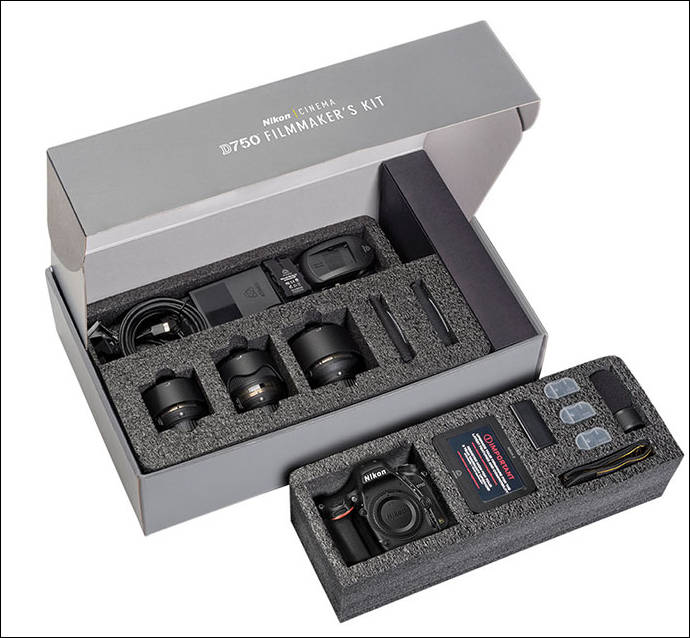
Cost is $3996 - http://www.bhphotovideo.com/c/product/1120491-REG/nikon_13469_d750_dslr_filmmaker_s_kit.html

 samsung_nx525.jpg690 x 638 - 62K
samsung_nx525.jpg690 x 638 - 62K -
Nikon D810A - Astro camera
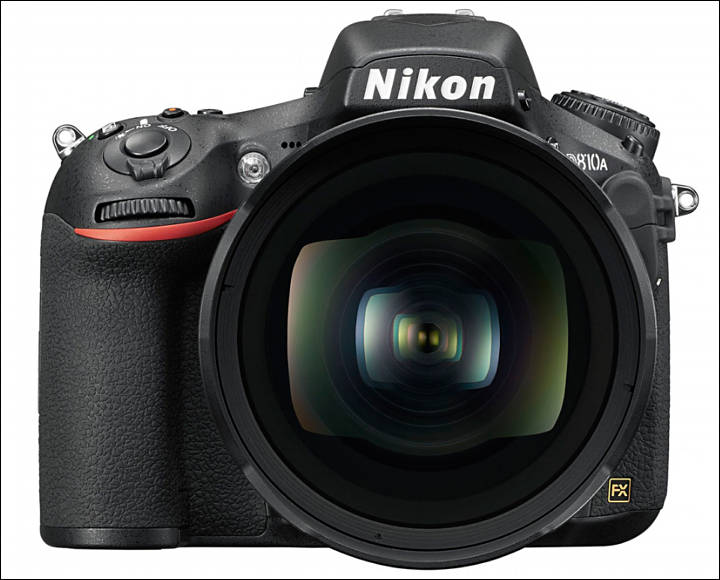
- Modified infrared (IR) cut filter: four times more sensitive to the H-alpha spectral line (a wavelength of approx. 656 nm) than the D810.
- Long exposure M mode: allows exposures of up to 900 seconds.
High-definition astrophotography
As a modified version of the camera that boasts the most outstanding resolving power of any Nikon D-SLR, the D810A is a very special beast. Designed to deliver the ultimate in image detail, the FX-format sensor enables high-contrast 36.3-megapixel images with minimized false color. The standard ISO range of 200–12800 can be extended up to 51200 ISO (equivalent) and 3D noise reduction enables clean, well-defined images at high ISOs. Nikon’s fast and powerful EXPEED 4 image processor boosts the camera’s overall performance and minimizes color fringing.
Modified infrared (IR) cut filter
A truly exceptional camera, the D810A delivers results that are impossible to achieve with a regular D-SLR. The D810 is a popular camera with astrophotographers: it has the power to photograph the night sky, but a standard camera sensor is not the best way to capture images of nebulae that emit on the H-alpha wavelength. In order to prevent red color cast, the optical filters in general D-SLRs restrict transmission of reddish light in the visible light range. In contrast, the characteristics of the D810A’s optical filter have been modified to increase the transmission of reddish light from the hydrogen-alpha spectral line by approximately four times (compared to the D810). As a result, photographers can now capture the beautiful, “true-red” color of nebulae that emit along the H-alpha wavelength without modifying the camera. The benefits of the D810A’s modifications are apparent, even when photographing starfields and star landscapes.
Specialised features
Equipped with a number of specialised functions, the D810A effectively counters some of the challenges astrophotographers face. Alongside Bulb and Time settings, a new Long Exposure Manual mode allows exposures of up to 900 seconds. To minimise internal vibrations during exposure, photographers can activate the camera’s electronic front-curtain shutter and reduce the risk of micro-blur in even subtle details. When shooting in Live view, a virtual exposure preview for Bulb and Time settings aids focus and framing. And, as with the D810, the Live view image can be magnified up to 23x, allowing critical focus checks to be made with absolute precision. When shooting through the viewfinder, a new red-lit virtual horizon display lets you confirm leveling.
Extended shooting power
Designed to keep you shooting for long periods of time, the D810A’s energy efficient design ensures the camera will reliably capture thousands of images with long exposures. The camera’s high-capacity EN-EL15 battery can capture up to 3,860 still images1 on a single charge, and additional power sources will keep you shooting for even longer. Nikon’s optional MB-D12 Multi-Power Battery Pack works seamlessly with the camera and can capture up to 10,660 still images on a single charge.2 The sequence of battery use can be selected and set via the camera. To extend shooting time further, use the optional EH-5b AC Adapter with the EP-5B Power Connector.

 samsung_nx544.jpg720 x 580 - 53K
samsung_nx544.jpg720 x 580 - 53K
Howdy, Stranger!
It looks like you're new here. If you want to get involved, click one of these buttons!
Categories
- Topics List23,993
- Blog5,725
- General and News1,354
- Hacks and Patches1,153
- ↳ Top Settings33
- ↳ Beginners256
- ↳ Archives402
- ↳ Hacks News and Development56
- Cameras2,368
- ↳ Panasonic995
- ↳ Canon118
- ↳ Sony156
- ↳ Nikon96
- ↳ Pentax and Samsung70
- ↳ Olympus and Fujifilm102
- ↳ Compacts and Camcorders300
- ↳ Smartphones for video97
- ↳ Pro Video Cameras191
- ↳ BlackMagic and other raw cameras116
- Skill1,960
- ↳ Business and distribution66
- ↳ Preparation, scripts and legal38
- ↳ Art149
- ↳ Import, Convert, Exporting291
- ↳ Editors191
- ↳ Effects and stunts115
- ↳ Color grading197
- ↳ Sound and Music280
- ↳ Lighting96
- ↳ Software and storage tips266
- Gear5,420
- ↳ Filters, Adapters, Matte boxes344
- ↳ Lenses1,582
- ↳ Follow focus and gears93
- ↳ Sound499
- ↳ Lighting gear314
- ↳ Camera movement230
- ↳ Gimbals and copters302
- ↳ Rigs and related stuff273
- ↳ Power solutions83
- ↳ Monitors and viewfinders340
- ↳ Tripods and fluid heads139
- ↳ Storage286
- ↳ Computers and studio gear560
- ↳ VR and 3D248
- Showcase1,859
- Marketplace2,834
- Offtopic1,320



